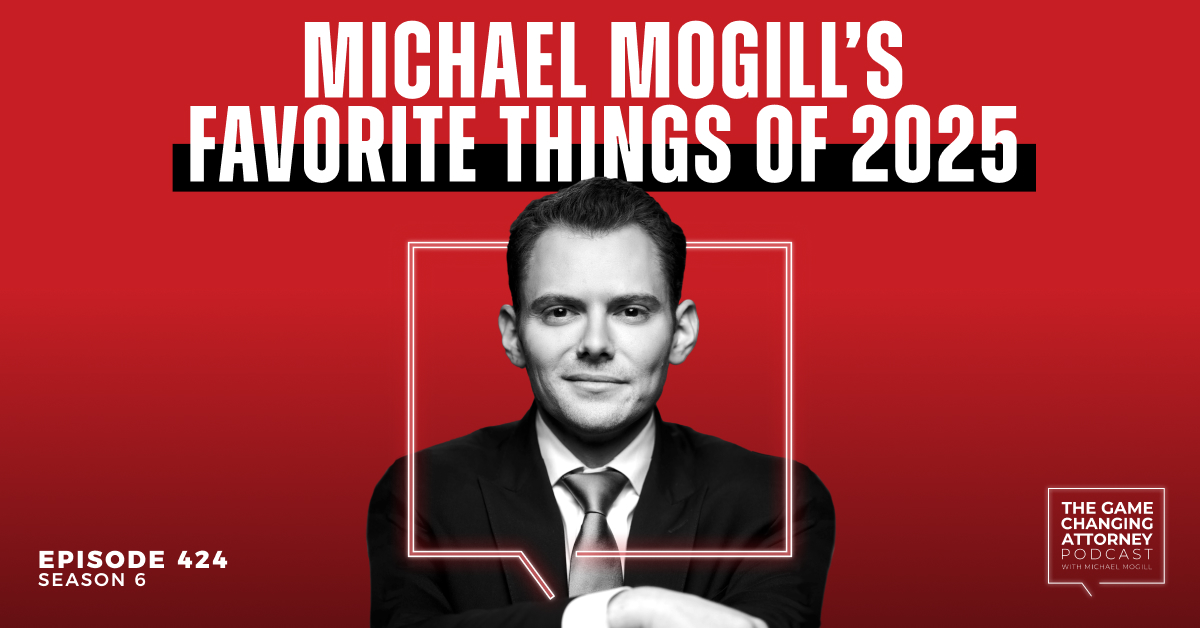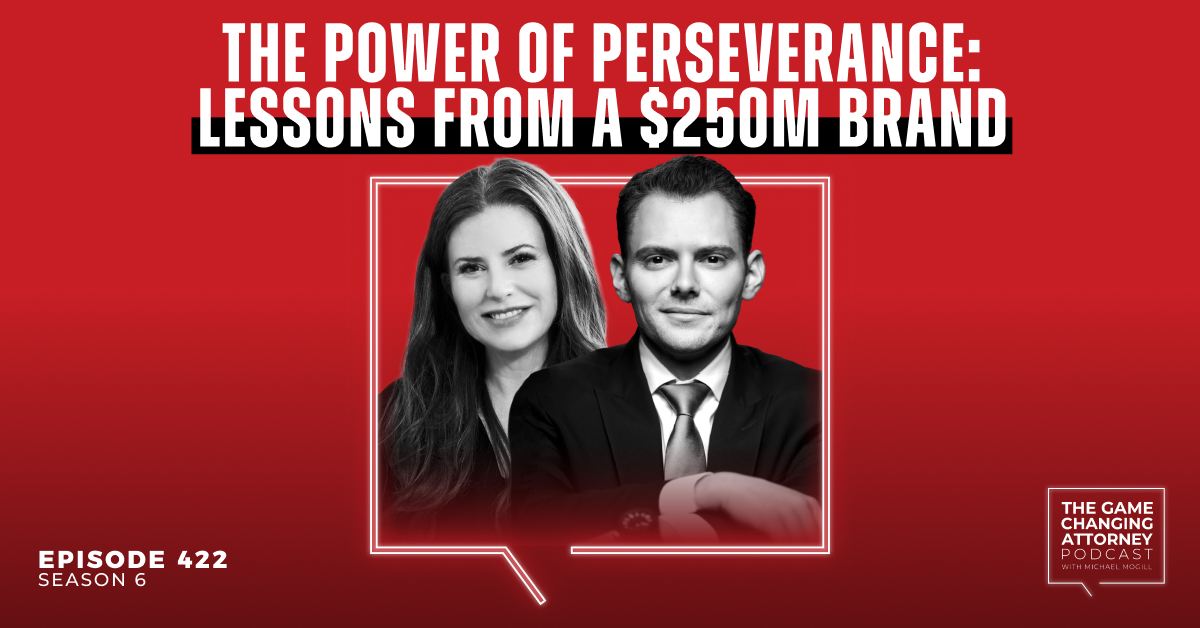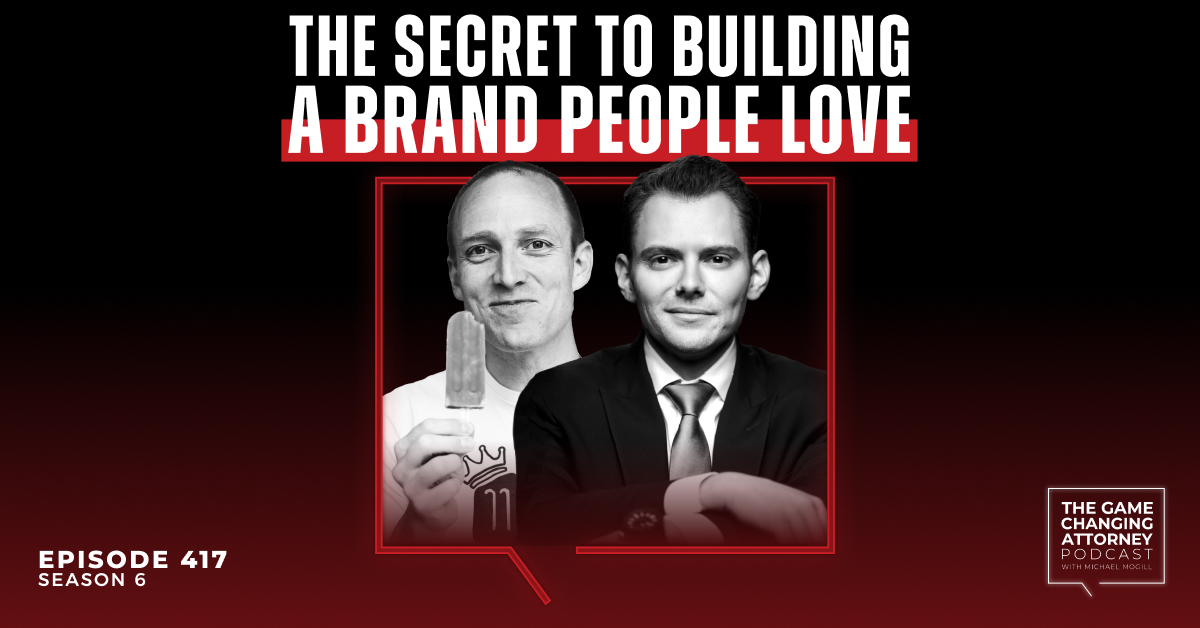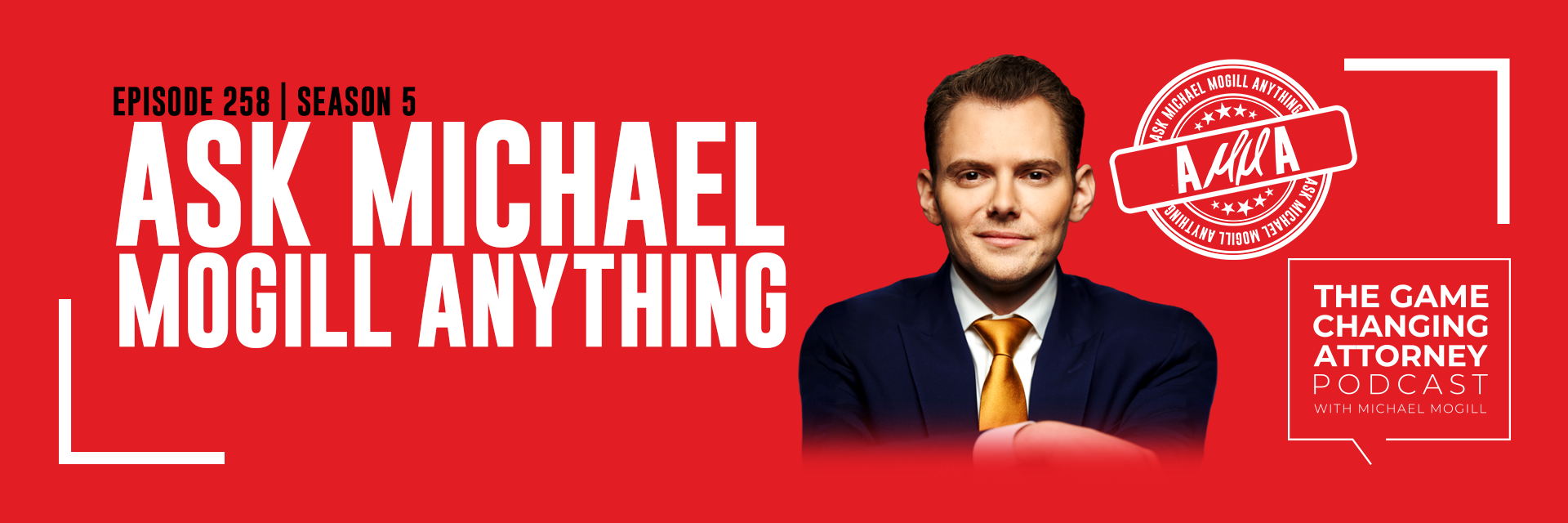
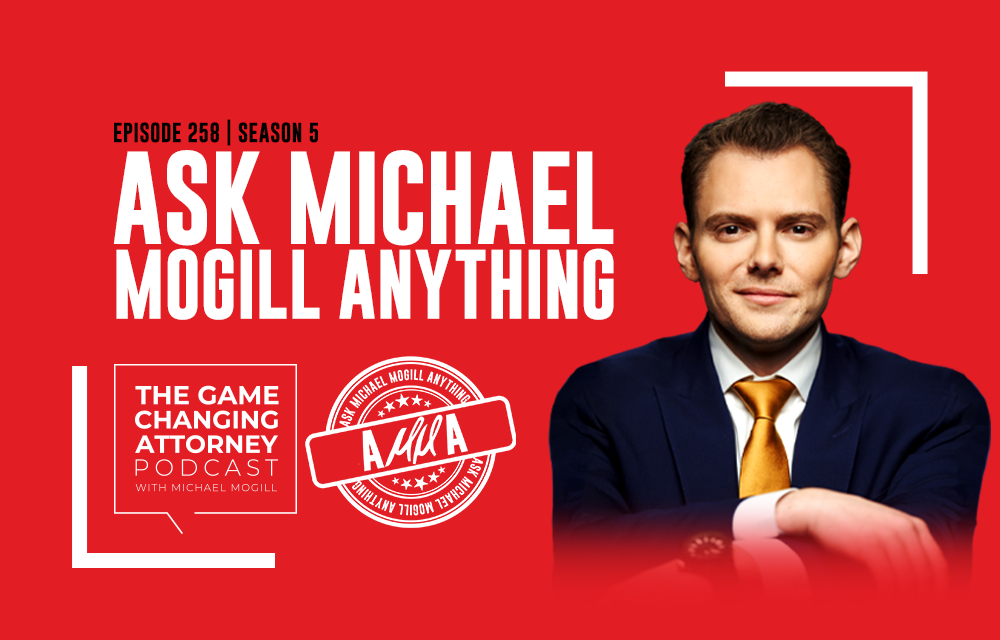
Episode 258 — AMMA — The Power of No: Setting Boundaries for Focused Growth
In a world where leadership often blurs the lines between empowerment and enablement, there exists a pivotal choice: to foster growth or hinder progress.
But how do you navigate the fine line between those options when constant accessibility seems like the norm?
In this episode of The Game Changing Attorney Podcast, Michael and Jessica Mogill will teach you:
- How to protect yourself from those pesky “got a minute?” inquiries
- Why leaders cannot and should not be accessible to everyone
- Why saying “no” is about liberation, not limitation
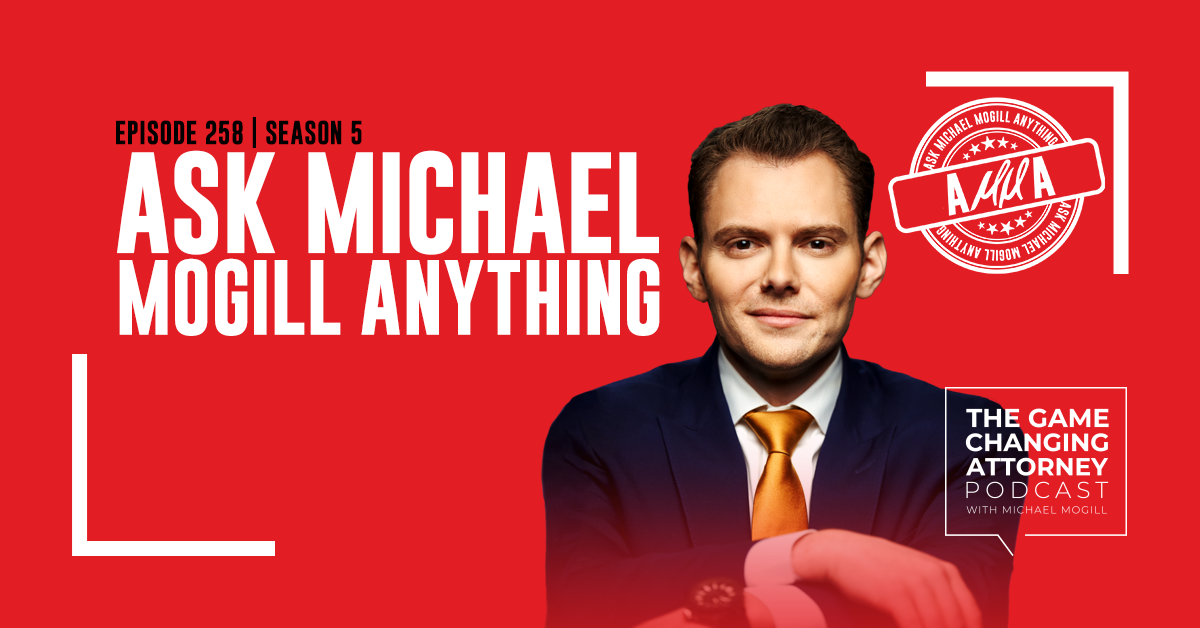
Listen & Subscribe
Show Notes:
Stop enabling. Start empowering. “At the end of the day, we have to realize that as leaders, we can either empower our team, or we can enable our team. When you are constantly there for the ‘got a minute?’s, I don’t know that you’re doing a whole lot of empowerment. Now somebody from your team may listen to this and start to pout and say, ‘How am I supposed to get my job done if they can’t answer my questions?’ Well, there’s this website on the internet that they might be familiar with called Google. You can ask it anything. You can ask ChatGPT. You can ask all sorts of questions because Google and ChatGPT always have a minute. In all sincerity, here’s the reality — yes, you want to be available to your team and you want to be accessible. At the same time, someone’s got to run the organization and lead the business, and you’ve got to be able to work on the business.”
Protect your time. “You have to set some boundaries of when you are available and when you are accessible to your team. You can be available and you could be accessible, but that doesn’t mean you are available 365 days a year. What if you’re at your daughter’s wedding and they hit you up and say, ‘Hey man, you got a minute?’ No, you do not! It’s the same thing in your business. I’ve seen leaders hide in their offices so that someone won’t even ask them those questions. They’ll close the door, turn down the blinds, and make it seem like they’re not even there. You don’t have to do anything silly like that, in your own business hiding like a bitch. Instead, you can just set aside time where you’re available and accessible or if you have standing meetings with people, you could say, ‘Hey, no problem. We meet every week. Why don’t you bring that to that meeting?’ But most of the time people will figure it out on their own.”
Lean on leaders. “If the managers are set up correctly, and if they are brought in with the batteries included and they can be effective, then they can provide direction to the team members that they lead. So first and foremost, you have to make sure the managers are competent and effective and are capable. You want to make sure that your team members aren’t coming to you because they want to circumvent these other people because they’re not getting the answers they need. You want to make sure that the people that they’re reporting to can give them the answers they need. However, the other aspect of it is that in most cases they just want to go to you because you’re the buddy, they have known you from the beginning and they don’t want to go through another new layer of management. The thing here is to set those rules of engagement and realize that in order for us to grow as a business, you can’t answer every single one of their questions and be accessible to all 40, 50, 60, 80, 100+ people in the organization 24/7. Remind them that with your judgment, you’ve brought in incredible leaders who are here to help them and support them where you could not. Help them realize that as the organization grows and scales, this is how we’re actually going to help one another.”
Things change. “Things change, but change is not always a bad thing. Change is an evolution. How we used to do things when we were under $1M is different than when we were $10M is different than when we were at $50M, etc. Of course it’s going to be different, but that doesn’t mean it’s worse. In many ways, it’s better. I’ll remind my team that we didn’t have health, vision, or dental insurance back then. We didn’t have our 401(k) match back then. We didn’t have an annual bonus plan back then. We weren’t giving away cars to our team members back then. Yes, things have changed. We’re going to have many more good times. I think it starts with you as the leader recognizing that you’ve got to let go of your own guilt, that things are going to be a little bit different, and different isn’t always bad.”
Just say no. “There’s a quote that says ‘If you want to make everybody happy, go and sell ice cream.’ If you want to be a leader, get used to saying no. ‘No’ is focus. ‘No’ is not a bad thing. In fact, the more things you say no to, typically the more focused you are. That means that you’re more dialed in. Sometimes ‘no’ means ‘not right now.’ Sometimes ‘no’ means ‘no in Q2 and yes in Q3.’ Sometimes ‘no’ means just straight up ‘we’re not going to do it.’ Your team may say, ‘But I do not understand. How could this be?’ Well, context is important. If you can explain to them why, it doesn’t necessarily mean that they’re going to like it, but that at least you can help them understand what other projects are going on, the resources those projects require, and why they’re being prioritized over their proposed initiatives. Get used to saying no, because if you say yes to everyone, you know who ultimately pays the price for that? You do. You and your family, and then your team, and then your clients, and then your community, and then everyone around you. I’ll give you my foolproof, premium, prestige, exclusive framework for how to decide whether to say yes or whether to say no: if it’s not a ‘hell yes’ then it’s a ‘no.’”
RESOURCES & REFERENCES
Connect with Michael
- Text directly at 404-531-7691
